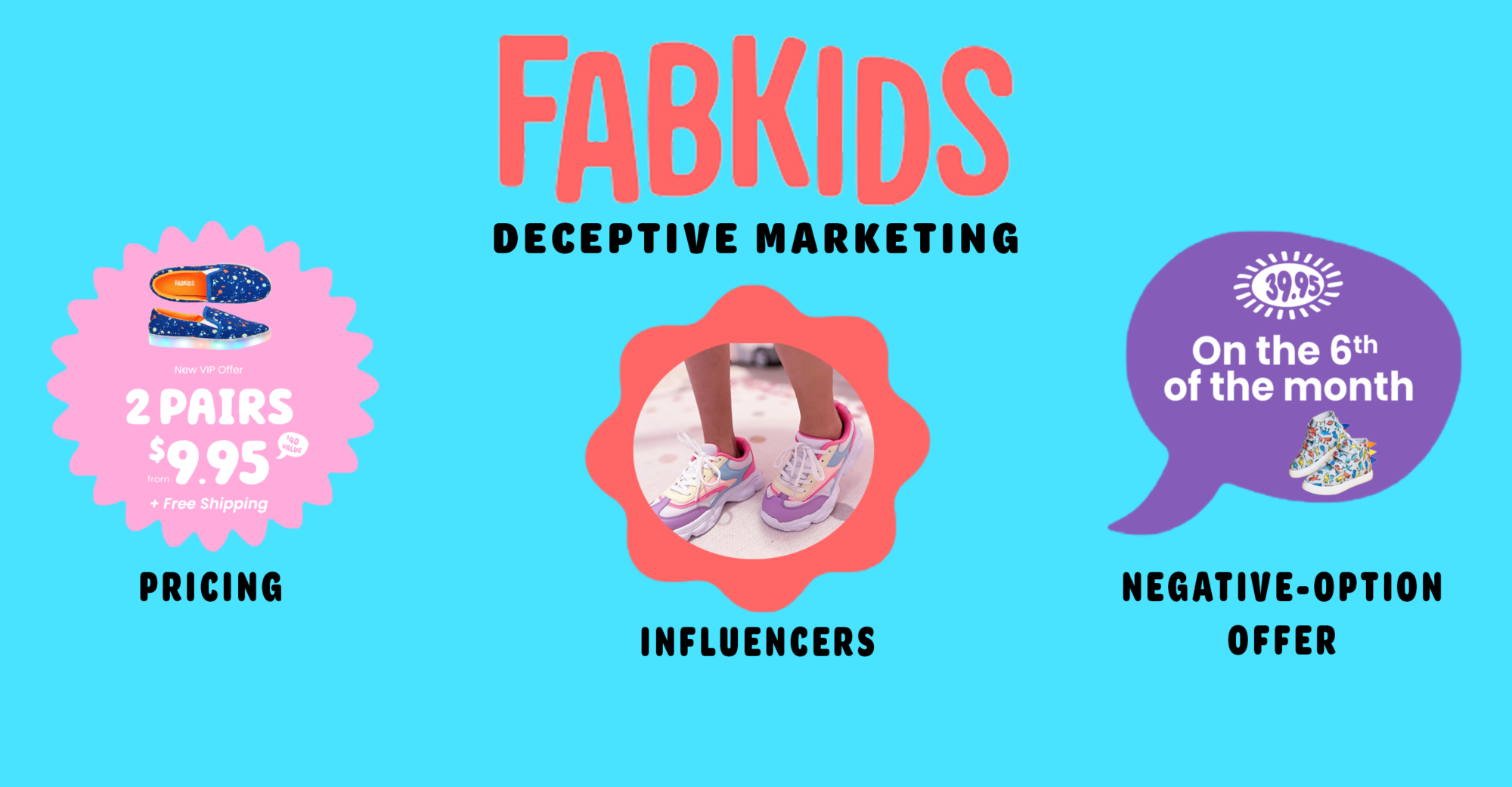
Best Reader Tips of 2021
This year reader tips led to dozens of ad alerts, as well as a complaint to regulators.
A closer look at what we'll be scrutinizing in the new year.
Ads are becoming slicker and less distinguishable from editorial content in more ways than ever before. And that’s just the first topic in our list of ad trends coming in 2017. Join us this year as we keep a watchful eye on the following to make sure consumers aren’t misled:
Call 2017 the “Year of the Micro-influencer.” Increasingly, advertisers are tapping these smaller-scale When an individual (or cute pet) promotes a good or service, primarily on social media, because they were paid to do so, or because of a material connection between the person (or pet) and the company gurus to tout their brands on social media sites, particularly Instagram. The goal, in part, is to deliver social media content that goes beyond specific phrases a company instructs influencers to post (aka the simple copy and paste job) for more authenticity and storytelling with an intimate audience. But while consumers may crave authenticity, there’s still the issue of #ad-equate disclosure. In 2016, TINA.org dug up sponsored posts by several top influencers — most notably, the Kardashians and Selena Gomez — that left the #ad hashtag behind. (Only after TINA.org alerted these individuals and related companies to the posts, did they, or the brand they represent, begin to #ad it.) Micro-influencers may not have as large a social media following as any of the Kardashians but they are nonetheless held to the same federal standard regarding disclosure. We’ll continue to keep tabs on influencers of all sizes in 2017.
Frustration over fictitious original prices, sometimes also known as list or The price a manufacturer recommends its product should be sold for in retail stores. prices, that make “sale” items appear more attractive than they actually are appears headed toward a boiling point in the new year. J.C. Penney, Kohl’s, Macy’s, and Sears, among others, have recently faced allegations of using the deceptive pricing practice to lure shoppers into purchasing a variety of items. Don’t be surprised if your favorite store comes next.
Certain food labels may be in line for a redesign in 2017 as the FDA appears poised to deliver definitions for two key marketing terms popular in food advertising — “natural” and “healthy.” Currently, a food can be called natural as long as it doesn’t contain anything artificial or synthetic. But the FDA signaled it may change that stance and require that food manufacturers include language on labels that mention food production methods, such as the use of pesticides. When it comes to “healthy,” the current FDA definition more or less shuns fat in all its forms. But a new definition under consideration by the FDA may open up the term’s use to foods high in good saturated fats, such as the fats in nuts, avocados, and salmon. The lack of a meaningful definition for both terms has given rise to something of a Wild West as marketers left to their own devices slap natural and healthy on a variety of products, which in turn has led to a plethora of class-action lawsuits.
Not to get too political here but there’s no denying that the presidential campaign of Donald Trump stirred up intense feelings of nationalism across the country. Now that candidate Trump is president-elect Trump you can bet that there will be plenty of companies in the new year claiming that their products will also MAGA, i.e., Make America Great Again. You can also bet that this leads to an increase in Made in the USA claims. But if the past is any guide, not all who make the claim follow federal rules. As we reported, even Uncle Sam can get Made in the USA wrong, while the world’s largest retailer, Walmart, is still dragging its feet when it comes to cleaning up its own USA-made labeling mess.
The subscription-based business model through which products are delivered straight to your door every month is, for one thing, convenient — for both the customer and the company that reaps the recurring monthly revenue. But as subscription-based companies have multiplied — with one industry executive predicting in late 2016 that “[e]verything is going to move to subscription at some point” — so too have consumer complaints about unauthorized charges. For example, lingerie startup Adore Me faced ire from hundreds of consumers who complained about repeated charges to their credit cards related to a subscription they weren’t even aware they signed up for. In response to a TINA.org complaint in 2016, the company made several changes to its marketing, including introducing the option to cancel the subscription anytime. But other subscription-based companies, including Fabletics, Blue Apron and Birchbox, have also faced scrutiny regarding unauthorized charges. Expect that list only to grow in 2017.
Call it Product Placement 2.0. The can of Coke on the kitchen counter or the Suburban in the driveway (or the Prius, for the environmentally concerned) is making way for a new type of on-air advertising. Major television networks are beginning to embrace branded content in which an ad plays an integral part in the plot of a show. Also known as integrated marketing, ABC has already tested it out in an episode of Modern Family. The episode embedded advertising for the National Association of Realtors through the stated occupation of Phil Dunphy, the main character played by actor Ty Burrell, who explains the difference between a Realtor and a real estate agent. NBC reportedly plans to air six branded content segments this season on Saturday Night Live (though apparently not this one) with the possibility of expanding to other shows if successful. Be on the lookout. We certainly will be.
For more on advertising trends click here.
This year reader tips led to dozens of ad alerts, as well as a complaint to regulators.
Online retailer deceptively advertises members-only prices, TINA.org investigation finds.
Comparing the amount companies agree to pay to settle deceptive marketing charges with their annual revenue.


